The US Trade Representative has announced that fees on China-related vessels calling at US ports will include a cost per car unit of $150 for finished vehicle carriers.
The US Trade Representative (USTR) has announced a range of fees to be imposed on ships calling US ports that are owned or operated by Chinese companies. The fees will include foreign-built car carrier vessels based on their capacity, which could mean a total cost of almost $1m per call for a 6,000-CEU car carrier.
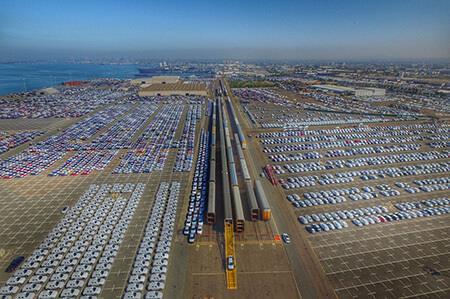
According to Cary Davis, president and CEO of the American Association of Port Authorities (AAPA), the policy will “drive up the cost of shipping, reduce volume through [US] trade gateways, and make goods, especially automobiles, more expensive [for] everyday American consumers.”
The decision to impose fees on China-related shipping follows a Section 301 investigation into China’s dominance of the shipping sector following a petition by five national labour unions. Section 301 of the Trade Act is designed to address unfair foreign practices affecting US commerce. A hearing for trade organisations from the across the US was held at the end of March and more than 300 of them signed a letter urging the USTR to refrain from imposing the heavy fees on China-related shipping.
The announcement by the Office of the USTR on April 17 revises the original proposal and outlines two phases of action. The first phase will be taken 180 days from the date of determination (October 14, 2025). Fees of $50 per net ton will be applied and increased incrementally on owners and operators of China-based vessels per US voyage. That will increase to $140 by April 17, 2028. This fee is based on the higher of either net tonnage of the vessel, or per container.
According to technology and data provider VesselBot, a total of 26.8m TEU containers were imported to the US last year, of which 5.5m belonged to Chinese vessels, corresponding to 20.8% of total TEU imports to the US.
Car carrier costs
Fees of $150 per CEU will also be applied to foreign-built car carriers “[t]o incentivise US-built car carrier vessels”. That fee builds on current tariffs of 25% on finished vehicles imported to the US.
The USTR notice of actions states that an operator could receive a fee remission for up to three years if it orders and takes delivery of a US-built vessel of equivalent or greater capacity within that time period or if it orders and takes delivery of a US-built vessel of at least equivalent size.
“Ships and shipping are vital to American economic security and the free flow of commerce,” said ambassador Jamieson Greer. “The Trump administration’s actions will begin to reverse Chinese dominance, address threats to the US supply chain, and send a demand signal for US-built ships.”
Output from US shipyards is currently very small compared to that from shipyards in China, Japan and South Korea, and car carrier vessels are specialised builds.
A second phase of actions restricting the transport of LNG via foreign vessels will start after three years and increase incrementally over 22 years. The USTR is also seeking public comments on proposed tariffs on ship-to-shore cranes and other cargo-handling equipment.
Changes to original proposal
The key differences between the original USTR proposal on port fees and those announced last week include a change from flat fees for containers to a tiered final fee structure based on dwell time. It also changes geographic application, with fees selectively applied to specific ports that have been identified as having the highest congestion. The USTR has also extended the timeline for full implementation of the fee by several months to allow ports and stakeholders more time to adjust.
In terms of vessel call, the USTR said it has determined that any fee would be charged per rotation or “string of US port calls” and no more than five times a year on an individual vessel.
The AAPA recognised the action proposed by the USTR is “significantly improved” compared to the original proposal but said it will still severely impact specific cargo segments, including automotive.
“The USTR remedy includes a fee on foreign-built vehicle carriers of $150 for every car it has capacity to carry,” said the AAPA in a statement. “This poses new and unique burdens on many ports specialising in roll-on-roll off trade business. If a typical ro-ro vessel can transport 6,000 cars, the total fee could reach almost $1 million per vessel.”
With reference to the additional 100% tax on cargo-handling equipment, which will bring the tariff as high as 270% on ship-to-shore cranes, Cary Davis pointed out that there are currently no domestic manufacturers of ship-to-shore cranes.
“Without action from the Administration to create an incentive for their production, there won’t be for several years,” he said. “High tariffs on ship-to-shore cranes, without affordable alternatives from either domestic or allied sources, function as a crippling tax on port development and seriously threaten our nation’s ability to expand cargo movement.
Step in the wrong direction
The World Shipping Council (WSC) also voiced serious concerns in reaction to the port fee regime, cautioning that the measures could undermine American trade, hurt US producers and weaken efforts to strengthen the nation’s maritime industry.
“Revitalising America’s maritime sector is an important and widely shared goal – one that requires a long-term, legislative and industrial strategy,” said Joe Kramek, president and CEO of the WSC. “We welcomed the vision outlined in the President’s Executive Order, which proposes targeted initiatives to strengthen US shipbuilding, ports and supply chain resilience. Unfortunately, the fee regime announced by USTR is a step in the wrong direction as it will raise prices for consumers, weaken US trade and do little to revitalise the US maritime industry.”
The WSC said fees on car carrier capacity per CEU will further slow US economic growth and raise vehicle prices for American consumers, while doing little to encourage US maritime investment. It also said that structuring fees based on ship size “disproportionately penalises larger, more efficient vessels that deliver essential goods, including components used in U.S. production lines”. Increasing the cost of shipments will hit businesses and consumers, as well as penalising US ports that have made significant investments to expand capacity and handle the largest container vessels, according to the WSC.



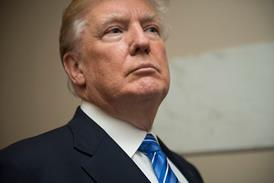



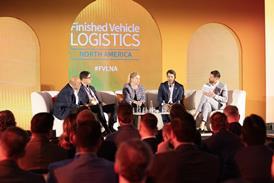

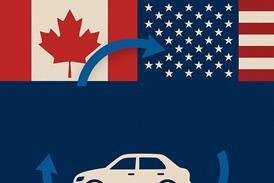

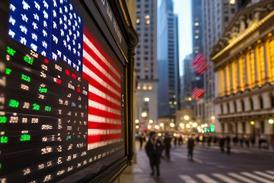


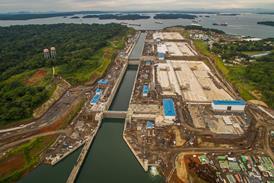








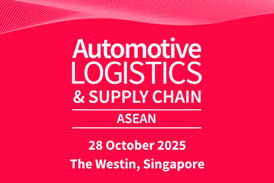


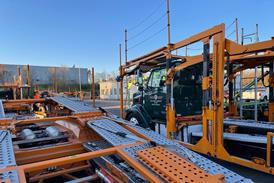
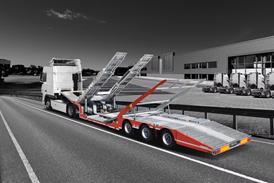
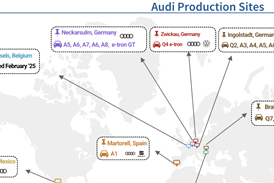

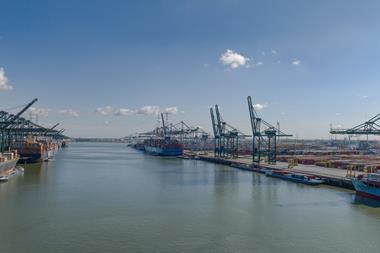








No comments yet